Cav's GotY 2017 List: I'll still be playing 2017 games until 2019 at this rate
By Cav829 5 Comments
Boy games were long in 2017. Sure, this might have been the best year in gaming maybe in two decades, but I admire the person who got in all the ones worth playing with how bloody long they all were. If all these open-world games could kindly come to some kind of agreement to reduce their average length by about thirty hours next year, it’d be just great. All right, I’ll stop being a curmudgeon at this point as there’s a lot of great stuff to talk about.
Old Game of the Year: Overwatch
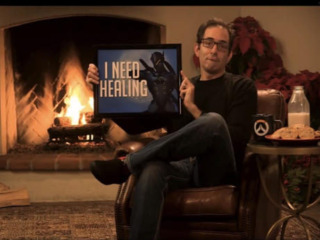
There are two reasons I didn’t play as many games as I wanted to this year: games being long and Overwatch. If 2017’s multiplayer shooters have done anything, they’ve only shown just how much all the extra polish Blizzard puts into Overwatch pays off. From the most tolerable loot box implementation out there, to their continued balance updates, to the Overwatch World Cup and upcoming Overwatch League, to Jeff Kaplan memeing in front of a fireplace for ten hours on Christmas Eve, Overwatch is a continued example of how to support an online competitive game. Sure, the Sym and Torb one-tricks are out there. Sure, it still exposes how toxic the online gaming community can be. But this would be my Game of the Year all over again in a heartbeat and is still the game I spend the most time with.
Best Looking Game: Cuphead
Honorable Mentions: Horizon: Zero Dawn, Uncharted: The Lost Legacy
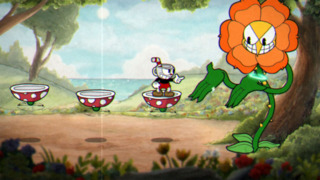
All the years of effort put into developing Cuphead’s super stylized look paid off in what might not just be the best looking game of 2017, but the best looking video game period. To be able to create a game that flawlessly mimics 1930's animation while playing like a dream, but also does so at a frame rate those original cartoons could never dream of pulling off is an astounding accomplishment.
Best Soundtrack: Persona 5
Honorable Mentions: Nier: Automata, Cuphead
These three games represent three of my favorite soundtracks of the past decade, but if I had to pick one, my heart demands I pick Persona. I’ve proverbially “worn the tape out” of this soundtrack. It’s not just about tracks you’ve all heard to death like “Life is Change” and “Last Surprise” either. The half-dozen chiptune pieces they created for a small daily activity show that same care and craft. The background music is excellent. The remixes of “Beneath the Mask” to create different moods are all excellent. The breadth of the soundtrack is incredible. This might be my favorite Persona soundtrack to date, and that’s saying something. I could keep writing about how much I like this soundtrack, or I could just direct you to those opening measures of “Rivers in the Desert” and let the game make its case for me.
With that being said, Nier’s soundtrack is amazing, and I’m glad it’s winning dozens of awards right now.
Most Disappointing and Worst Game of All Time: Mass Effect: Andromeda
Fuck this game.
Best Story: What Remains of Edith Finch
Honorable Mentions: Night in the Woods, Nier: Automata, Hellblade: Senua’s Sacrifice

I wrote a blog last year about how video game storytelling in 2016 felt disappointing and pedantic compared to recent efforts across the medium. 2017 was a make-good on last year, and Edith Finch was the best example of the unique methods the medium possesses for conveying story. The game seamlessly mixes dark comedy and tragedy through its series of vignettes about each member “America’s most unfortunate family.” The writers masterfully handle the game’s weighty subject matter through its fantastical storytelling, operating often times on the cusp of reality, yet always feeling poignant and easy to relate to. The Finch house itself is as detailed and developed as any human character.
Best Moment or Sequence: What Remains of Edith Finch – Lewis
Honorable Mentions: Super Mario Odyssey – New Donk City Festival, Nier: Automata – “Fear”
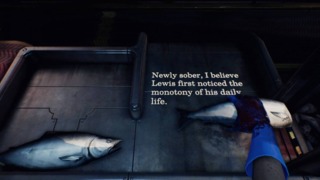
The culmination of everything I just wrote about Edith Finch is the story of Lewis: a ten minute punch to the gut that is so masterfully executed that in a year of memorable sequences, I never had a doubt what my favorite one was. By this point in the game, the player knows how the story of each Finch family member will end, yet there’s been such a Lemony Snickett level of dark humor applied to the subject matter at hand that it almost feels like it was all setup for this singular story. Lewis’s story is so relatable, so understandable, and so masterfully conveyed that entire works on the subject fail to adequately match its impact. Do yourself a favor: Edith Finch is neither long nor expensive. Play this game and experience this sequence in full context of the game. It’s worth the price of admission.
P.S. The GB crew picked the wrong moment from Nier. “I taught the children what fear is,” is the most haunting line from that game.
The Top Ten:
Honorable Mentions: Tekken 7, Wolfenstein II: The New Colossus, Hellblade: Senua’s Sacrifice, Fire Emblem Echoes: Shadows of Valentia, Splatoon II
10) Night in the Woods
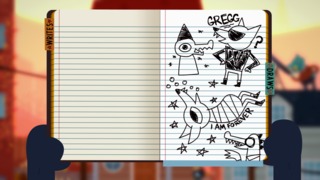
Night in the Woods in many ways is less the sum of its parts and more about individual sequences. If Edith Finch is a movie, Night in the Woods is a 13-episode Netflix series where some episodes are stronger than others and you’re not quite sure if the overall story was as good as the individual tales. Even still, those parts that hit feature some of the best writing and realized characters in video gaming. I only wish the investment in replaying it was a little shorter as it's not possible to experience every tale the game has in a single playthrough. Also, please patch the game to add a text log feature. Okay, I need to stop picking on the game as I still recommend it thoroughly. In particular, the relationship between Mae and Bea is one of my favorite things in gaming this year.
9) Horizon: Zero Dawn

Horizon is a game that just does everything well. It may not stand out in any individual aspect (save its amazing visuals) compared to other games this year, but it just does everything well. It's such a shame that it got lost a bit in the hype surrounding Zelda, as the two games do different aspects better than each other. Perhaps what it does best is set up a world where you want to see more, and yet the story of the game still feels complete if there never was a sequel.
8) Uncharted: The Lost Legacy
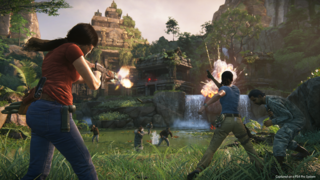
I think this might be my favorite Uncharted game. I wasn’t prepared for that following how good 4 was, but dialing back the scope of Uncharted into a much tighter-packed roughly eight-hour experience combined with moving the narrative away from Nathan Drake resulted in a game that could never be mistaken for “just some DLC they turned into a full game.” Naughty Dog got to experiment a bit with the Uncharted formula as well, including a fairly open-ended section unlike anything in the series to date. One can't help forget special praise to the incredible voice work of Claudia Black and Laura Bailey and their efforts in realize the relationship between Chloe and Nadine throughout the game. Oh and by the way, Uncharted is still the best looking video game series available on consoles.
7) Nier: Automata

Boy, I have conflicted feelings about Nier. Even months later, the unrealized potential of the game’s combat still irks me knowing what Platinum Games is capable of. Also, I played this alongside Yakuza 0, and Nier’s mundane, repetitive side quests are jarring following Yakuza’s diverse and creative ones. But leaving that aside, Nier is still such a unique and exceptionally crafted game that conveys its tale using all the methods video games have to offer. You owe it to yourself to play it as soon as possible, as the game just isn't the same once you know the various tricks and tools it has at its disposal.
6) What Remains of Edith Finch
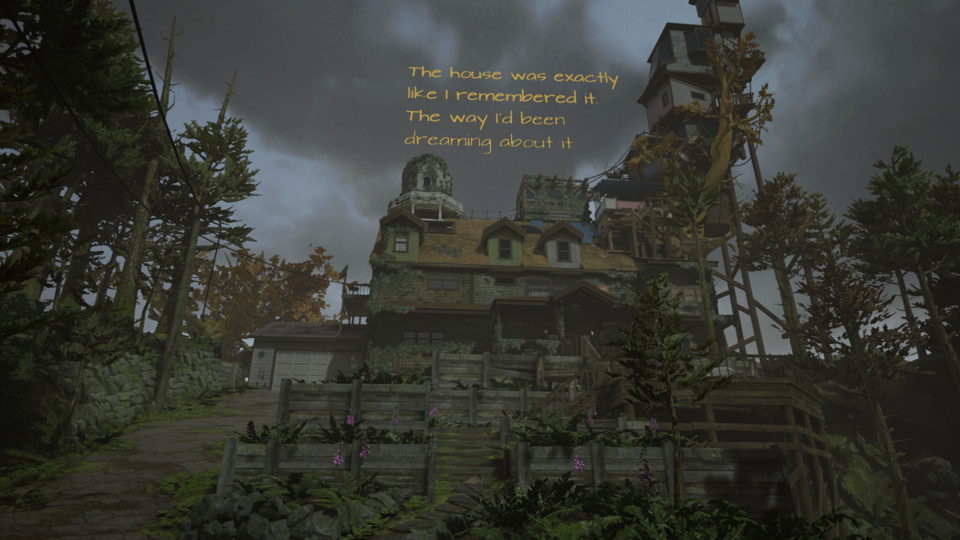
The only reason Edith Finch isn’t closer to the top of the list is some sequences fall a bit flat. But boy, the ones that hit will hit you with the force of an out of control freight train. There's an awareness you can feel from the game's staff in understanding just how long the game needed to be and thus being able to coax the most out of each moment they had available. If there’s one game on my list I can unequivocally recommend that everyone play, it’s this one. I enjoyed The Unfinished Swan, but this is such a giant leap forward for Giant Sparrow.
5) Yakuza 0
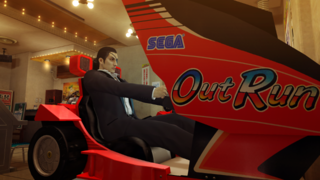
I’ve long-admired Yakuza from afar, and I’ve appreciated its zany mix of mafia-melodrama and whimsical side quests from Let’s Plays. But Yakuza 0 represents not just a great bit of fan service and additional lore for older fans, but a great leaping off point for newcomers to the series. For a series with a story typically compared to Metal Gear, the tragic tale of the Empty Lot was surprisingly poignant and interesting from start to finish. The cast from its main leads down to Mr. Libido and a Dominatrix you who doesn't know how to be mean make up my favorite cast in games this year.
4) Zelda: Breath of the Wild
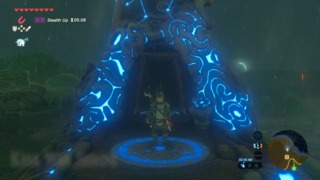
I thought this was going to be my Game of the Year for the longest time, which has creating a feeling as if I owe the game an explanation for its fourth place finish. I was having so much fun exploring the world of Breath of the Wild and completing shrines that I kind of just kept doing that without ever engaging with the game’s four primary dungeons. So when I finally decided eighty-plus shrines in to advance the story, it caught me flat-footed with how underwhelming, underdeveloped, and uncreative Breath of the Wild's dungeons were. In a series long-known for memorable dungeons and bosses, Breath of the Wild possesses what may be the worst dungeons in the entire series. And experiencing little else but them for about 10-15 hours straight soured what was until then a gaming experience I had few complaints about. The only thing I can compare it to is Deus Ex’s bosses: they left me wondering if a different team worked on the dungeons from the rest of the game. I love so much about this game, but a Zelda game with bad dungeons is like a Dark Souls game with bad bosses for me. Leaving that aside, this game deserves all the praise it has been getting, and I am completely okay with the industry at large accepting it as the Best Game of 2017.
3) Cuphead
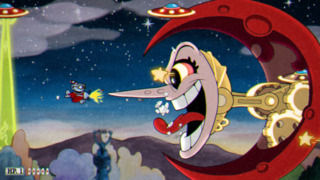
On any given day, I could see shuffling around the order of my top three entries. Cuphead is an astounding accomplishment in game design. It’s not just stylish, but features perhaps the best representation of “tough, but fair” gameplay of 2017. Its memorable rogues’ gallery of bosses is as good as anything the Souls series has produced. You can feel the adoration the team has for old cartoons in each boss. While the game has its fair-share of references, it also allows for the player to mentally imagine how each boss would fit into their own individual cartoon worlds. The only complaint I can even muster about the game is some of the Run and Gun levels are fairly weak.
2) Persona 5

People spend far too much time concerning themselves how each aspect of Persona 5 compares to Persona 4. Worrying about Makoto compares to Chie and Morgana compares to Teddie only loses sight of all the good things Persona 5 does for the series. It features the best combat, the best dungeons, the best rogues’ gallery, some of the best S-links, and perhaps even the best soundtrack the series has produced to date. At times, the pacing does slow to a crawl, but the game’s climax manages to pull it all together in a way I sometimes feel Persona 4 didn’t. For a AAA game of such length to capture so much style is an impressive accomplishment, and one can only imagine how much extra length it added to the game's production time. I was fully ready to crown Persona 5 my Game of the Year and be satisfied with the pick despite its flaws, until…
1) Super Mario Odyssey
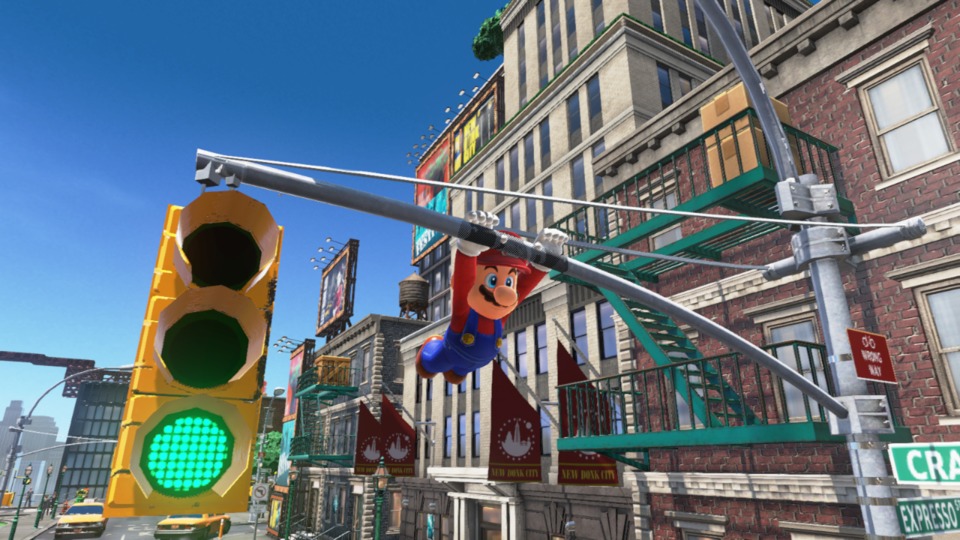
There’s something fitting about one of the best years in video gaming being topped off by one of the best Mario games in the series. Odyssey feels like the full realization of what Mario 64 wanted to be two decades prior. It’s a masterclass in game design. There is so much craft put into almost every screen in the game that you can get lost for hours just chasing down moons without progressing the game’s critical path. And yet the content is spread around in a way that allows you to easily pop in and out of the game for fifteen or twenty minutes at a time, helping to fit with the portable nature of the Switch. Mario controls the best he has ever, allowing you to explore the environment in sometimes unexpected sequence-breaking ways. There’s also a deference for the series’ history throughout the game that hits just the right amount of fan service without being overly referential.
One can’t help but have a big goofy smile on their face the entire time they’re playing Odyssey. It’s just plain fun, and in a year that has not always been the best external of video games, pure fun is appreciated all the more.

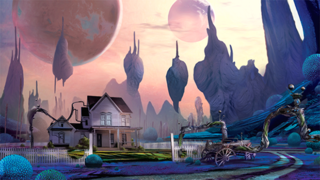
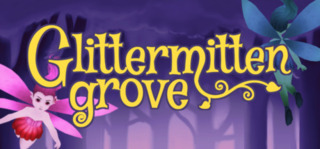
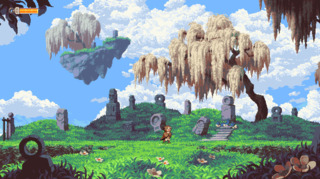
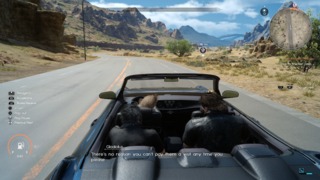
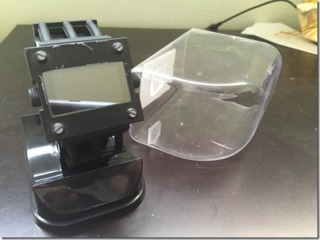
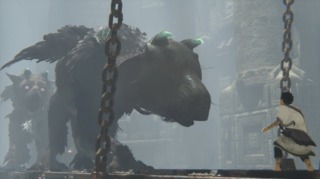
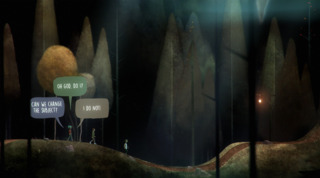
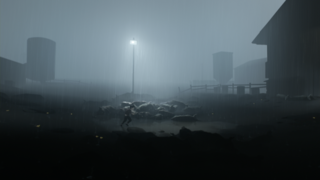
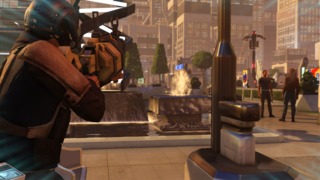
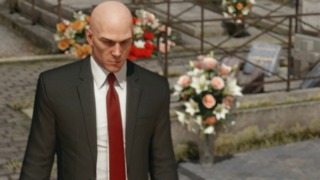
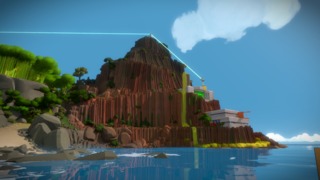
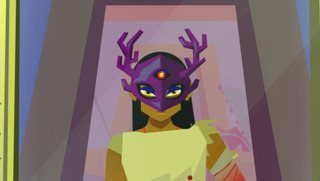

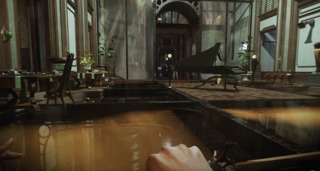
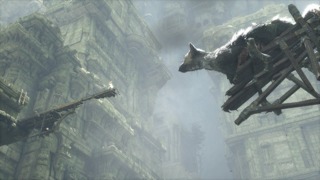
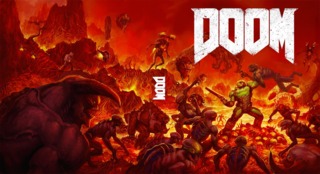
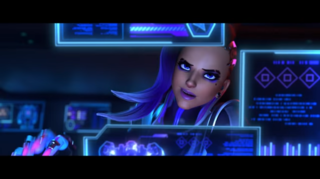
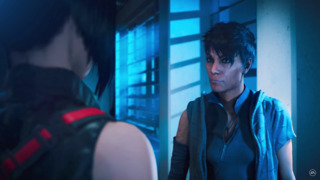
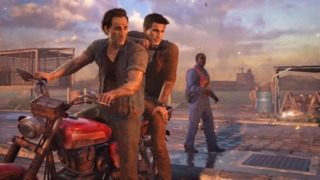
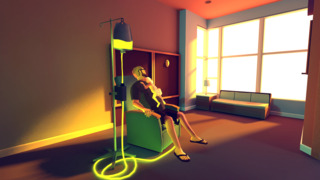
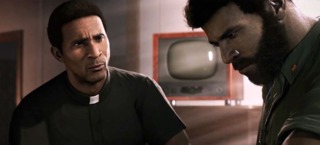

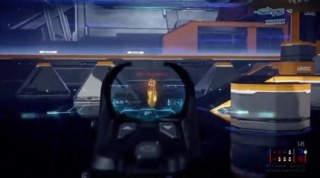
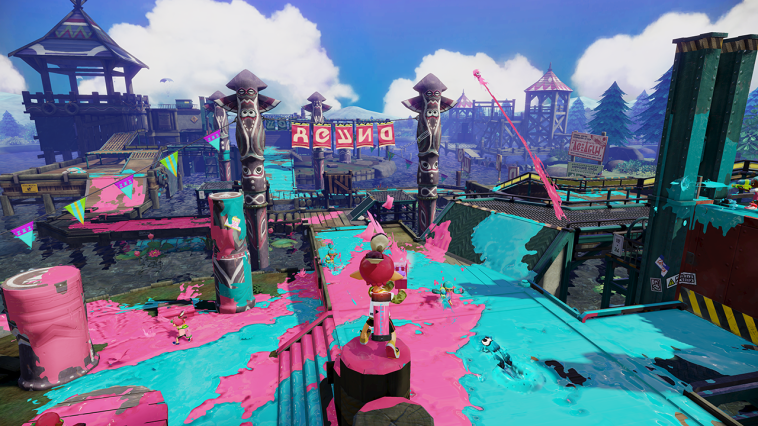
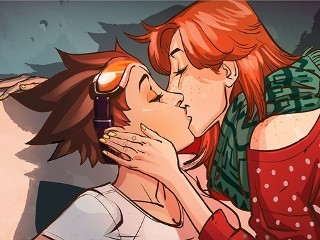
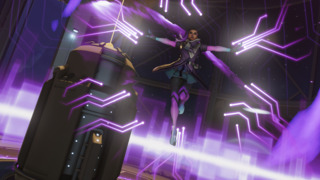
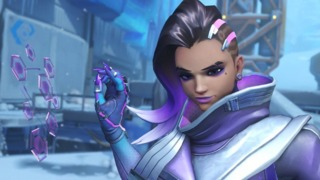

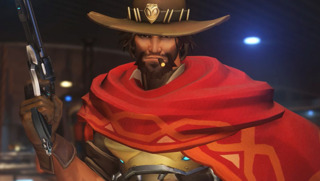
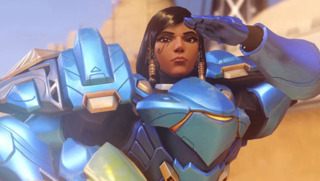
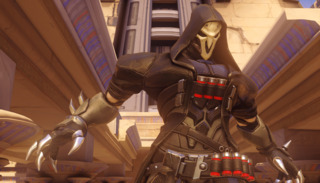

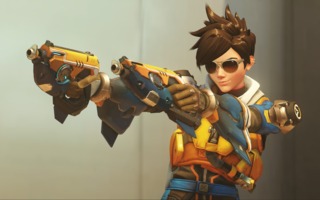

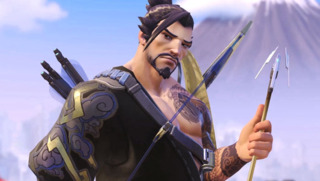
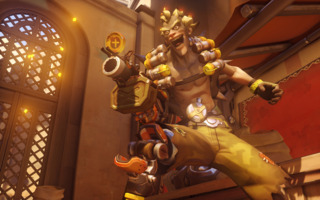
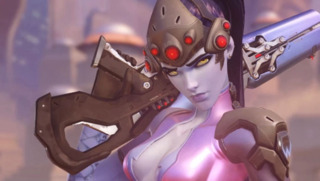
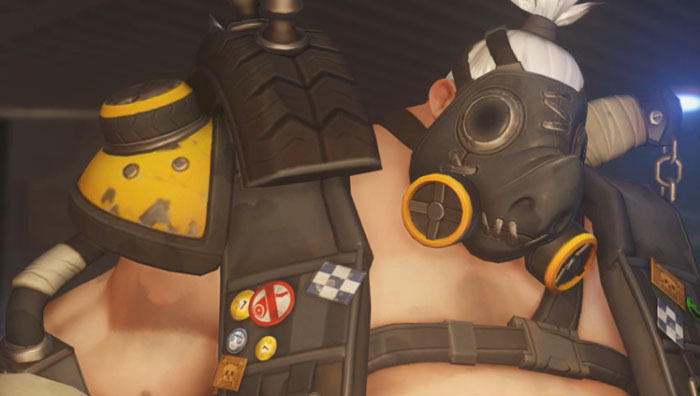
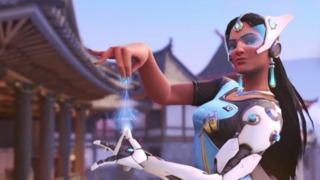
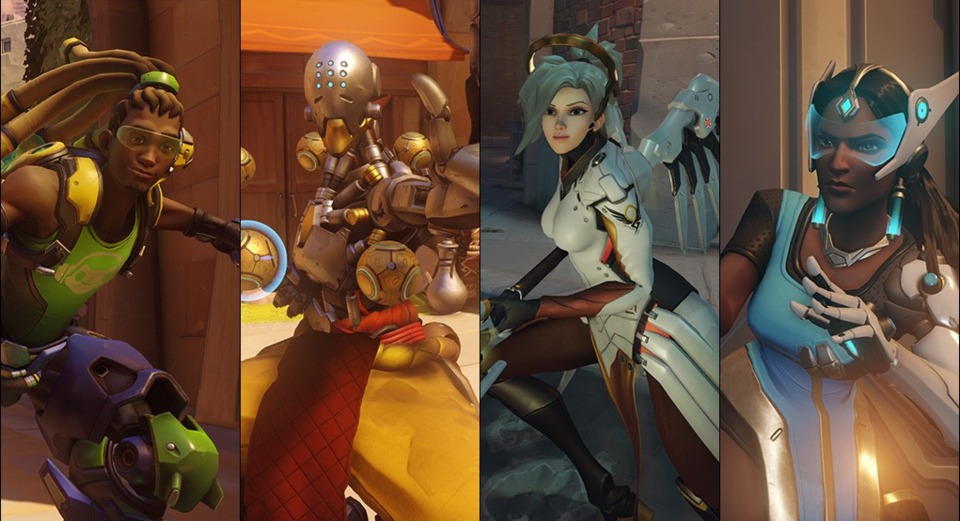
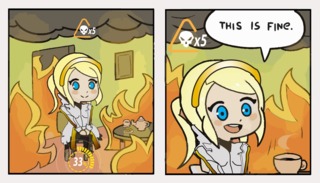
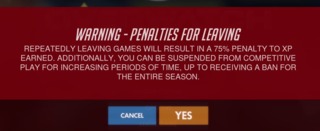
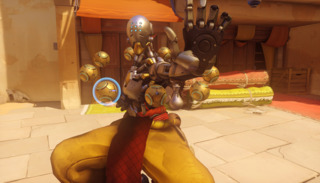

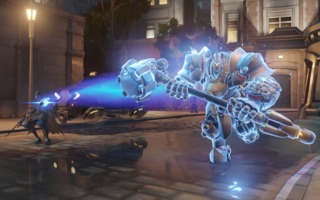
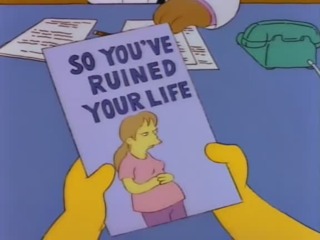
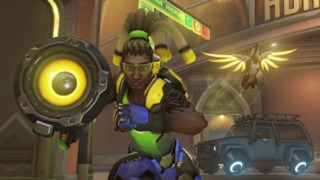

Log in to comment